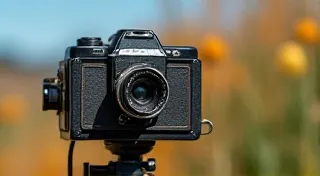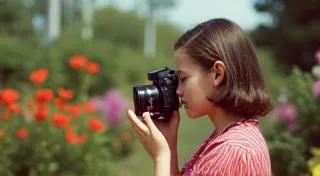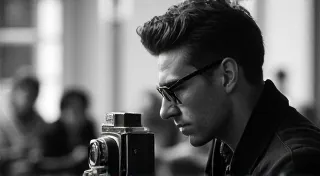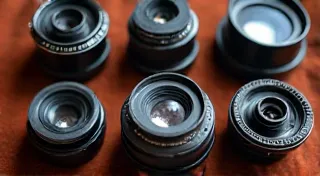The Kodak Brownie: Bringing Photography to the Masses
The Kodak Brownie. The name itself evokes a sense of nostalgia and simpler times. But the Brownie wasn’t just a camera; it was a phenomenon that fundamentally changed the landscape of photography and democratized image-making. Before the Brownie, photography was largely the domain of professionals and serious amateurs – a complex and expensive hobby. George Eastman and Kodak changed all that with a revolutionary product that put a camera in the hands of everyone.
The Genesis of an Idea
George Eastman's ambition was clear: to make photography accessible to the average person. Prior to the Brownie, Kodak cameras required users to send the entire camera back to the factory for processing and reloading. While convenient, it still presented a barrier for many. Eastman’s vision was to create a simple, inexpensive camera that anyone could operate, and then send back only the film for processing. The project was initially dubbed "Project A" and faced considerable skepticism within Kodak. The price point was particularly ambitious.
The team, led by Frank Brown (for whom the camera was named), worked tirelessly to reduce manufacturing costs. This involved streamlining production processes and using cheaper materials. The initial target price was $1, an audacious goal for the time. Ultimately, the launch price was $1.00 but was a loss leader, aiming to make profit on the film sales. This revolutionary approach, coupled with Eastman’s relentless pursuit of simplification, marked a significant shift in how photographic equipment was conceived and marketed. Considering the complexity of photographic processes at the time, Eastman’s foresight in streamlining the user experience was truly remarkable. He recognized that the true barrier to entry wasn't just the cost of the equipment, but the perceived difficulty of using it.
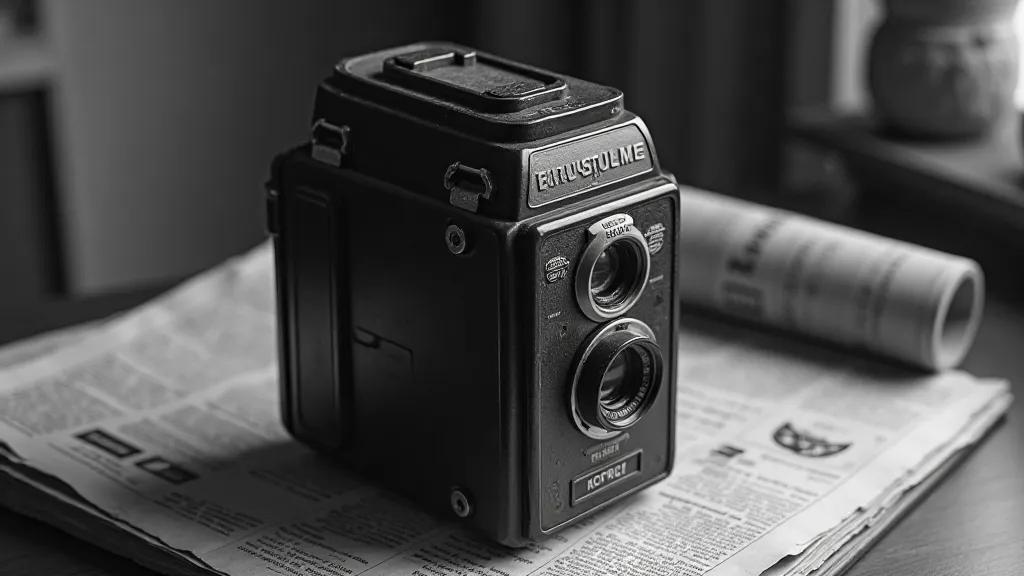
The Launch and Immediate Impact
The Kodak Brownie was officially launched in 1900, accompanied by the iconic slogan: “You Press the Button, We Do the Rest.” This simple yet powerful message instantly resonated with the public. Suddenly, anyone could take pictures – families documenting vacations, children capturing playtime, and individuals preserving memories in a way that had never been possible before. The ease of use extended far beyond simply operating the camera; it encompassed the entire photographic process. Individuals who previously felt intimidated by the technical aspects of photography now felt empowered to participate, leading to an explosion of amateur photography.
The camera’s simplicity was key to its success. It used 127 film, which was relatively inexpensive and readily available. The operation was as straightforward as pointing and shooting. This lack of complexity fostered a new wave of casual photographers and cemented Kodak's dominance in the photographic market. The shift toward simpler cameras like the Brownie also influenced the design and functionality of other photographic equipment, contributing to a broader movement away from highly technical and specialized cameras. For those interested in understanding the progression of photographic technology, exploring the history of rangefinder cameras can provide valuable context, as they represent another facet of the ongoing quest for user-friendly and precise focusing solutions.
Evolution of the Brownie Line
The original Brownie was followed by a series of iterations, each building upon the initial design. The Brownie II, introduced in 1901, featured a new shutter design. Subsequent models included the Brownie C, the Brownie D, and the Brownie E, offering improved features and slightly more advanced controls. Each model reflected Kodak’s ongoing commitment to refining the user experience and incorporating subtle improvements based on user feedback.
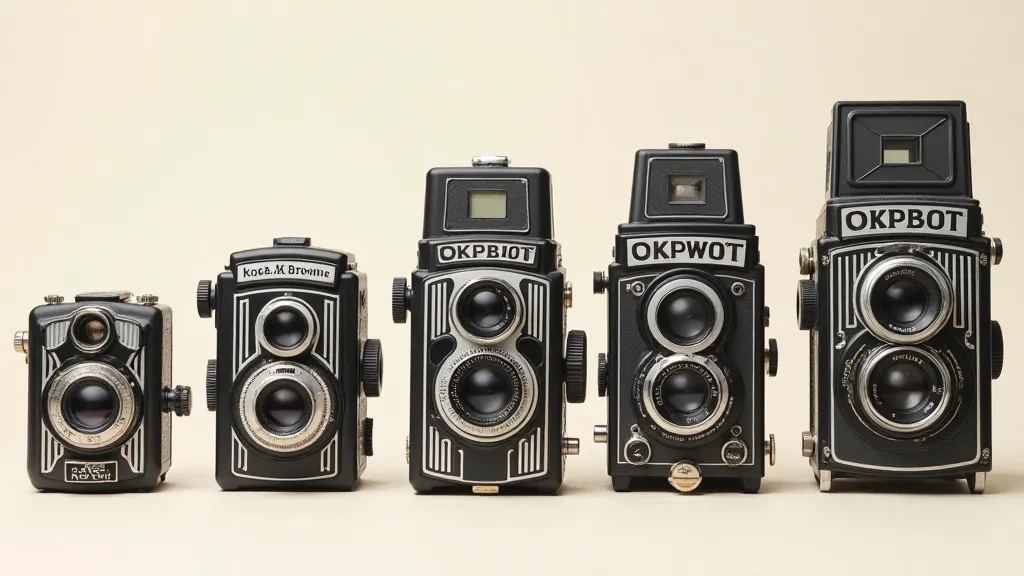
The Brownie line wasn't confined to simple box cameras. There were also versions with folding lenses and even some with viewfinders. Throughout the 1930s and 1940s, Kodak continued to refine the Brownie, adapting to changing consumer demands. The Brownie Star, a popular model from this era, featured a coupled rangefinder and a built-in flash synchronisation. The increasing sophistication of some models also spurred advancements in other areas of photography, leading to the development of more specialized equipment for enthusiasts and professionals. The desire for higher image quality and more control led photographers to explore different formats and camera systems, contributing to the vibrant diversity of the photographic landscape.
The Brownie and Camera Collecting Today
Today, the Kodak Brownie holds a special place in the hearts of camera collectors and photography enthusiasts. Its historical significance, coupled with its affordability, makes it a popular choice for beginners and seasoned collectors alike. The enduring appeal of the Brownie speaks volumes about its cultural impact and its ability to evoke a sense of nostalgia for a simpler era. The relative simplicity of the early models also makes them appealing to collectors who appreciate mechanical ingenuity and the craftsmanship of early 20th-century manufacturing.
Early models, particularly those in excellent condition, can command high prices. Even more common models are valued for their nostalgic appeal and their connection to a pivotal moment in photographic history. The enduring value of these cameras extends beyond their monetary worth; they represent a tangible link to a time when photography truly became accessible to everyone. Many collectors are drawn to the technical artistry involved in early camera designs, appreciating the ingenuity and resourcefulness employed in creating functional and reliable equipment with limited resources. Those interested in preserving these pieces of history often dedicate themselves to the study of antique camera care to ensure their longevity.
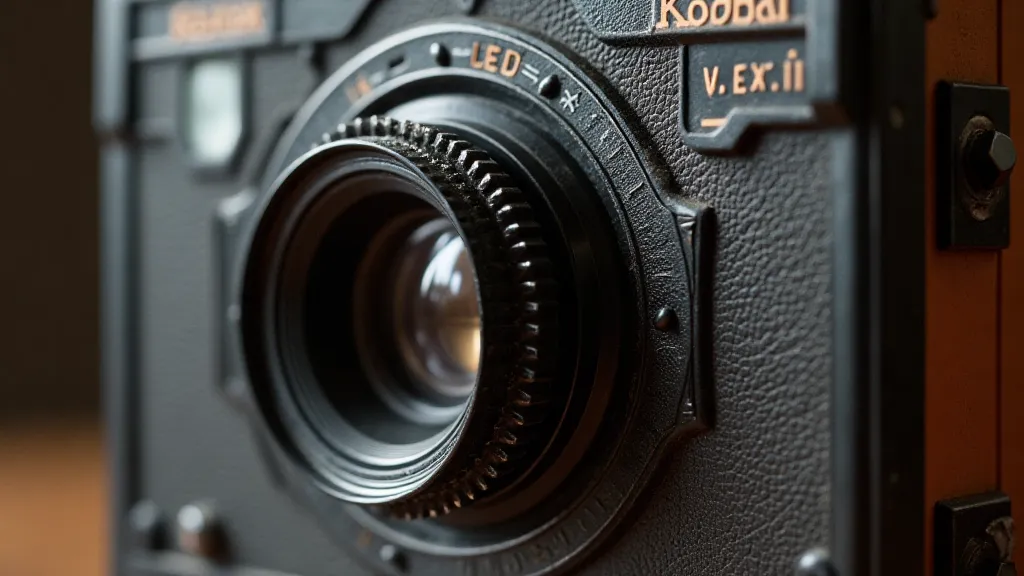
Preserving the Legacy
The Kodak Brownie wasn't just a camera; it was a cultural phenomenon. It democratized photography, fostered creativity, and left an indelible mark on the world. It fundamentally altered the relationship between people and photography, transforming it from a specialized skill into a ubiquitous form of self-expression and documentation. The camera’s impact resonated far beyond the realm of personal photography, influencing advertising, journalism, and even artistic expression.
Understanding the Brownie's legacy requires considering the broader context of photographic development. The demand for higher-quality images and more sophisticated controls contributed to the rise of medium format cameras, such as the Hasselblad, which cater to professionals and serious enthusiasts seeking unparalleled image quality and versatility. Similarly, the pursuit of compact and convenient photography led to the explosion in popularity of 35mm cameras – a transformative moment in photographic history, as detailed in other resources.
The Brownie’s influence continues to be felt today, not just in the world of vintage camera collecting but also in the design of modern digital cameras and smartphones. The principles of simplicity, accessibility, and user-friendliness that guided Eastman's vision remain central to the design of photographic equipment, ensuring that everyone can capture and share their memories with ease. The lasting legacy of the Kodak Brownie is a testament to the power of innovation and the enduring appeal of accessible technology.
